As we look ahead to 2024, all eyes are on the rapidly changing commercial real estate market and the new trends that will emerge with it. When it comes to Life Sciences – a sector that experienced tremendous growth over the past few years – it’s no surprise that the market has, as anticipated, leveled out throughout the year. However, according to a recent report by JLL, the industry remains primed with opportunity for expansion, noting it is well-positioned and projected to experience a resurgence in lab demand in 2024. With this, we are also seeing a change in the type of Life Sciences facilities that are being developed, spanning from an increase in fitouts and conversions to a rising interest in mass timber labs.
With a specialty in designing spaces that fuel the future of scientific breakthroughs, here’s a look at five hot trends we expect to see across the Life Sciences market next year that put innovation and sustainability at the forefront.
Trend #1: Turnkey Labs
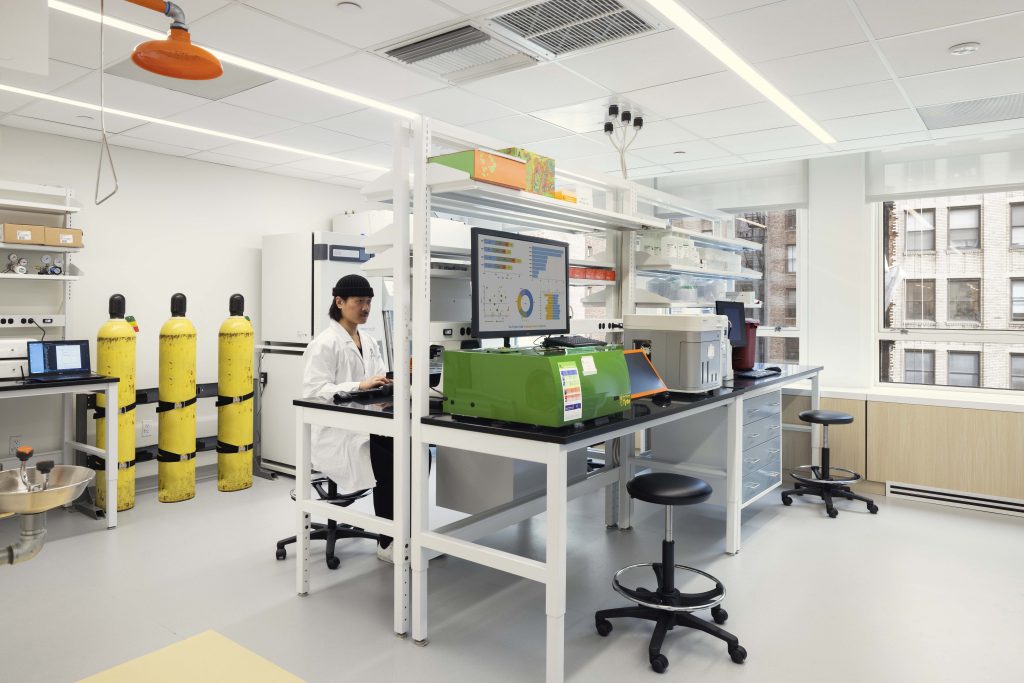
When it comes to advancing research and development, Life Sciences companies are wanting fit-outs, fast. Even with the Life Sciences market steadying, we are still seeing a rise in demand for move-in ready lab facilities that are primed to propel a company’s next phase forward. This approach opens up real estate opportunities for companies at various stages of the market maturity pipeline, equipping them with turnkey workspaces that suit their immediate needs. For example, earlier this year, we completed a robust step-out space for biotech startup Fork & Good; delivering a 13,000 square-foot pilot plant facility designed specifically to advance their next stage of research and testing. We can also expect to see this trend in the form of incubators like SOSV – a new lab fitout that serves as a revolving space for startups to readily occupy in New York City.
Trend #2: Office-to-Lab Conversions
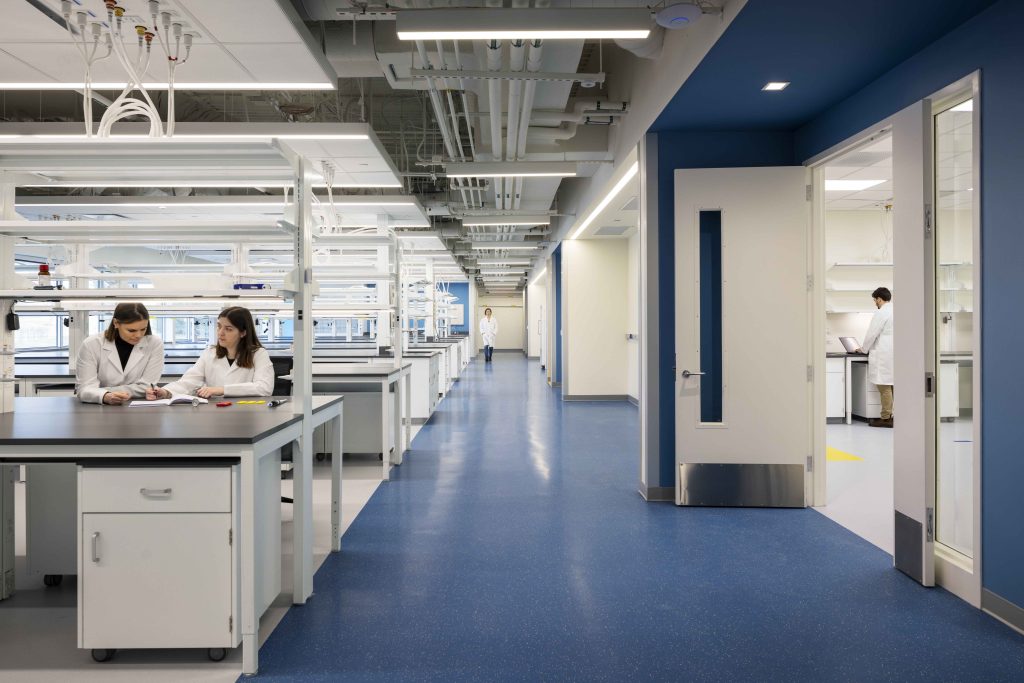
While the need for commercial workplaces will always be prevalent, the future of vacant Class-A office space is pointing to science. Though the prospect of residential conversions sparked an intriguing opportunity for the market, there has been a distinct rise in office-to-lab conversions over the past few years; a trend we expect to continue throughout 2024. Not only is this a more environmentally-conscious way to approach lab design, but this use-type is often better suited – and feasible – for vacant office spaces given the building’s pre-existing infrastructure, which typically includes high floor-to-ceiling heights and an existing building envelope. For example, we recently converted a former office building in Princeton, NJ into a state-of-the-art cancer research facility for PMV Pharmaceuticals, highlighting the potential these spaces have to serve a different, critical sector of the workforce.
Trend #3: Mass Timber Meets Science
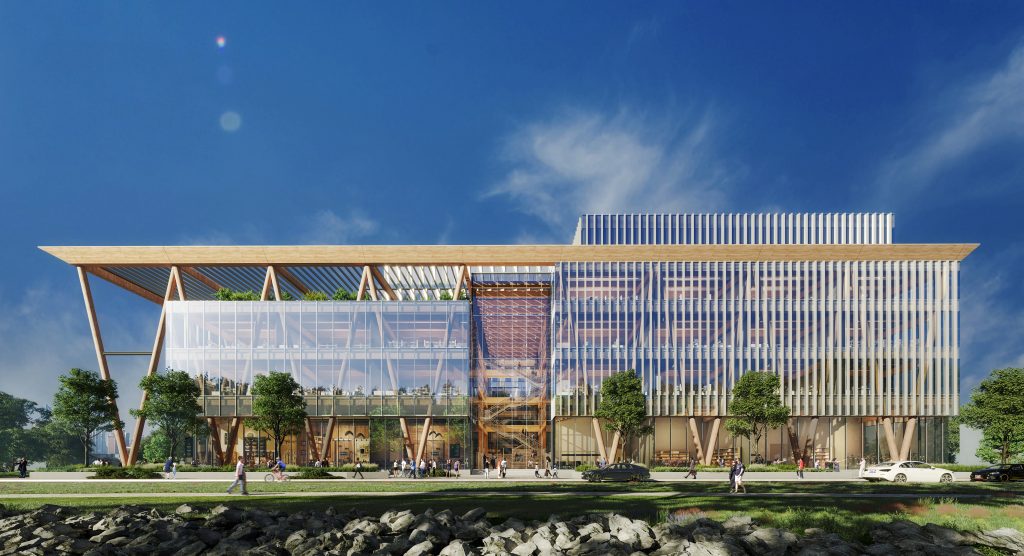
With mass timber becoming a widely popular choice in the built environment due to its tremendous sustainable benefits, when it comes to laboratory and research facilities, it has remained largely in its infancy stage due to technical restraints. However, as outlined in a new study & market-ready project we developed alongside Thornton Tomasetti, Consigli Construction Co., BR+A Consulting Engineers, and Code Red Consultants, we expect mass timber to emerge as a viable application in Life Sciences facilities across the country next year. Considering this innovative approach, which offers feasible, cost-effective strategies aligned with industry standards for research environments, we believe this construction method is at the precipice of shaping laboratory design moving forward.
Trend #4: Life Sciences at Scale
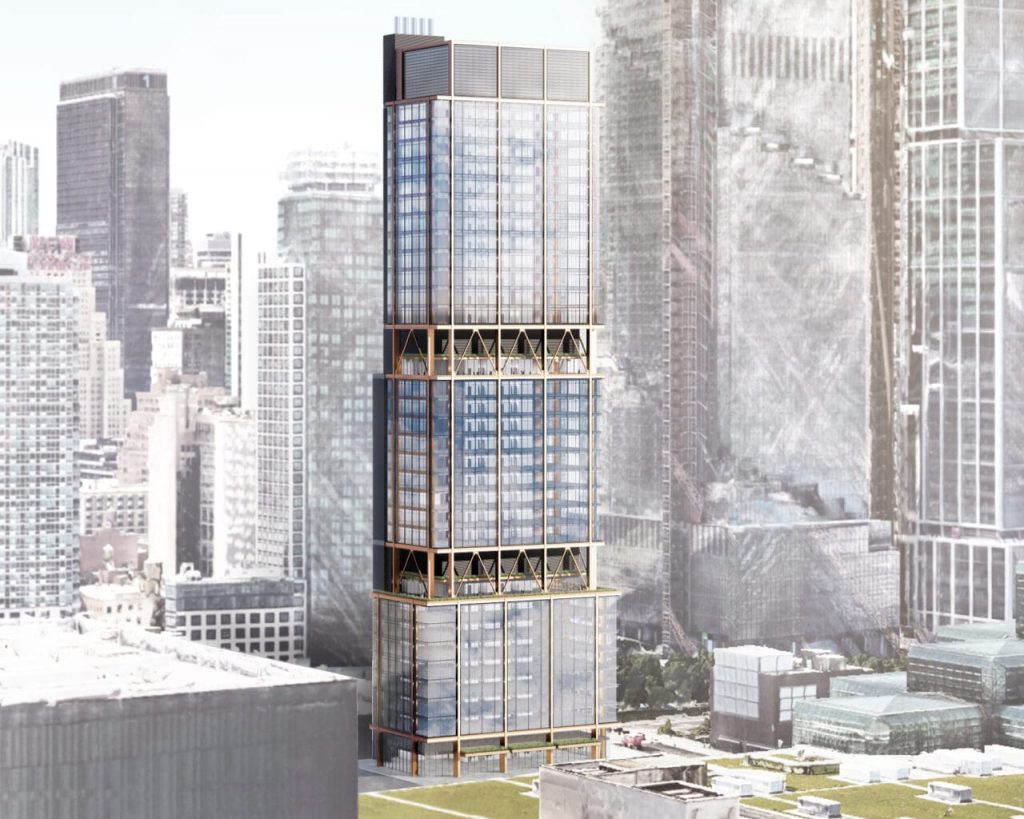
As Life Science clusters continue to scale throughout the country, so too will innovative methods for delivering highly-sustainable lab towers in dense urban environments. With rising demand for an increased market presence in key areas like New York City, we foresee the emergence of new lab typologies that will make vibrant R&D campuses within metro hubs a reality. For example, in this new market-ready study – 11th Avenue BioTech – we carved a feasible path that would create the world’s tallest laboratory building in Manhattan, and expect to see projects like this increasingly take hold over the next few years.
Trend #5: Enhancing the Occupant Experience
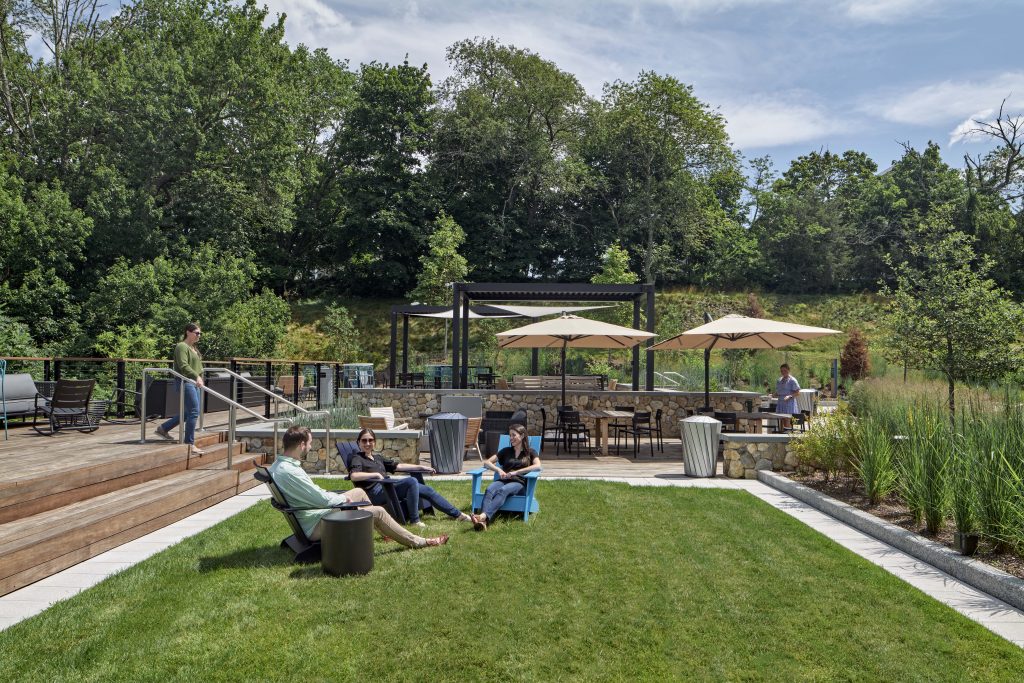
With a renewed focus on designing for the human experience, prioritizing wellness in the workplace will be top of mind next year. While Life Sciences facilities have traditionally embodied more sterile environments, we are seeing shifts in the design process that integrate inherently warm aesthetics – such as exposed timber and wood grain porcelain – that in turn create inviting, welcoming atmospheres to retain and attract top talent. As seen in Revolution Labs – a new 180,000 square-foot space in Lexington, MA – we expect to see hospitality-inspired lab facilities emerge that feature upscale lobbies and high-end amenities including: access to outdoor areas, on-site food services with healthy food options, fitness facilities and bespoke common areas.
As we round out another game-changing year for the Life Sciences market, we are excited to usher in a new wave of lab design that pushes the evolution of this vital industry forward.


